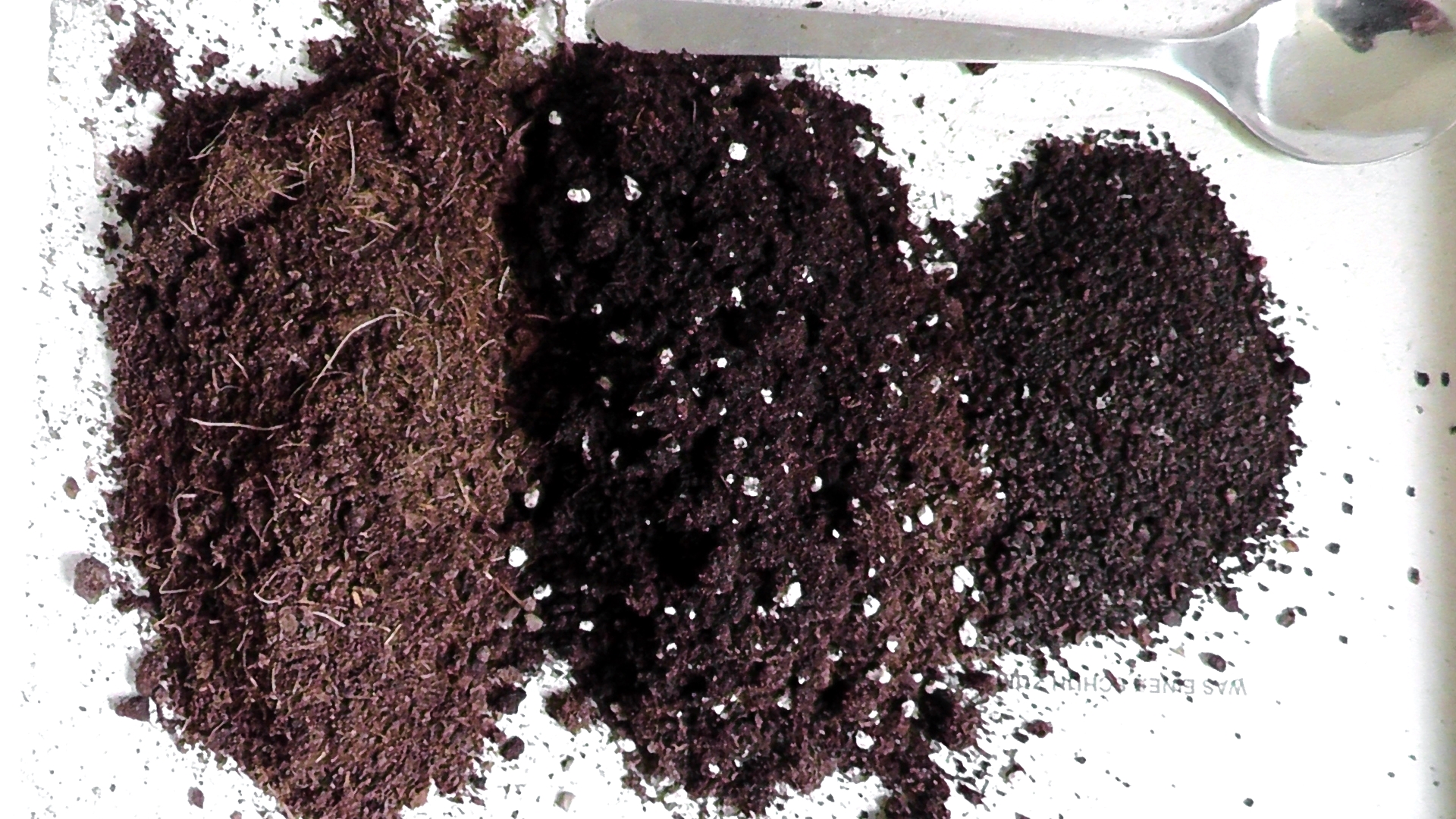Need some potting soil to grow plants or seedlings? Sure, you could go straight to the local garden store and buy up bags and bags of soil, but there an alternative — one that is much cheaper. You can make your own!
Making your own soil has several advantages. First, it’s cheaper. A 20-quart bag of soil can go for $5 or more and if you use a fair amount, this can really add up over time. Making your own reduces your costs by at least 50 percent, according to most estimates, and that percentage improves if you already have some ingredients on-hand.
Secondly, with store-bought soil, you never know what you’re getting. Without actually testing the content, you can’t be sure about the quality of the nutrients. You also never know what else might be in the mix — harmful bacteria? insects? pesticides? When you make your own soil, you know exactly what you’re getting.
SOIL MIX RECIPES
Since ancient times, gardeners have been making their own soil — and today they are still arguing about which recipe is best. While soil mixes are as varied as gardeners themselves, there are definitely similar goals to all. You want a soil that provides good nutrients and good drainage, yet holds enough moisture to keep plant roots wet.
Typically, homemade soil mixes contain some or all of the following: compost, top soil, vermiculite, perlite, lime, peat moss, humus, bone meal and blood meal. Some critics have argued recently that peat moss, largely obtained from bogs in Canada, should not be used because it is not a sustainable resource and is a valuable component of its local ecosystem. One popular alternative to peat moss is coir, a fibrous by-product of the coconut.
Here are a few popular soil recipes:
SEED STARTER SOIL RECIPE
2 parts compost
2 parts peat moss or coir
1 part perlite
POTTING MIX WITH COMPOST SOIL RECIPE
1 part compost
1 part sphagnum peat or coir
1 part peat humus
1 part sand
POTTING MIX WITHOUT COMPOST SOIL RECIPE – CORNELL MIX (LARGER QUANTITY)
1/2 cubic yard sphagnum peat or coir
1/2 cubic yard perlite
10 lbs. bone meal
5 lbs. ground limestone
5 lbs. blood meal
CLASSIC SOIL-BASED MIX RECIPE
1 part compost or leaf mold
1 part topsoil
1 part sand
SOIL MAKING TIPS
- Soil mixtures can easily be contaminated with insects, disease organisms, or weed seeds during the mixing, storing and handling processes. To avoid this, make sure the mix doesn’t come in contact with any soil or plant debris that is not sterile. Also, sterilize all tools, containers and mixing areas using a 1:9 ratio of bleach and water.
- Make sure the compost you’re using in your soil mix is thoroughly decomposed. If it’s not, it could still contain harmful bacteria and weed seeds. To make sure, you can heat small amounts of compost in a conventional oven at 180 degrees Fahrenheit to kill unwanted bacteria, while maintaining the good.
- If you’re in need of a larger quantity of potting soil, remember that you want to avoid contaminants as much as possible. A practical solution for this is mixing on a large tarp so your mixture doesn’t come directly in contact with the ground. You could also use a large bin, box, wheel barrow or wagon — some people even use cement mixers.
- Any unused potting soil can be set aside to be used as a starter for the next time you mix. Eventually, you will build up a good, readily-available source of soil. (Reminder: store your soil in a bin or box where it won’t be subjected to contamination.)
- Keep in mind that the above mixes are just a starting point. Most gardeners develop preferences over time, depending on what works best for them (via GardeningChannel).
If you like this idea, be sure to share it with your friends and inspire someone you know. Anything becomes possible with just a little inspiration…

